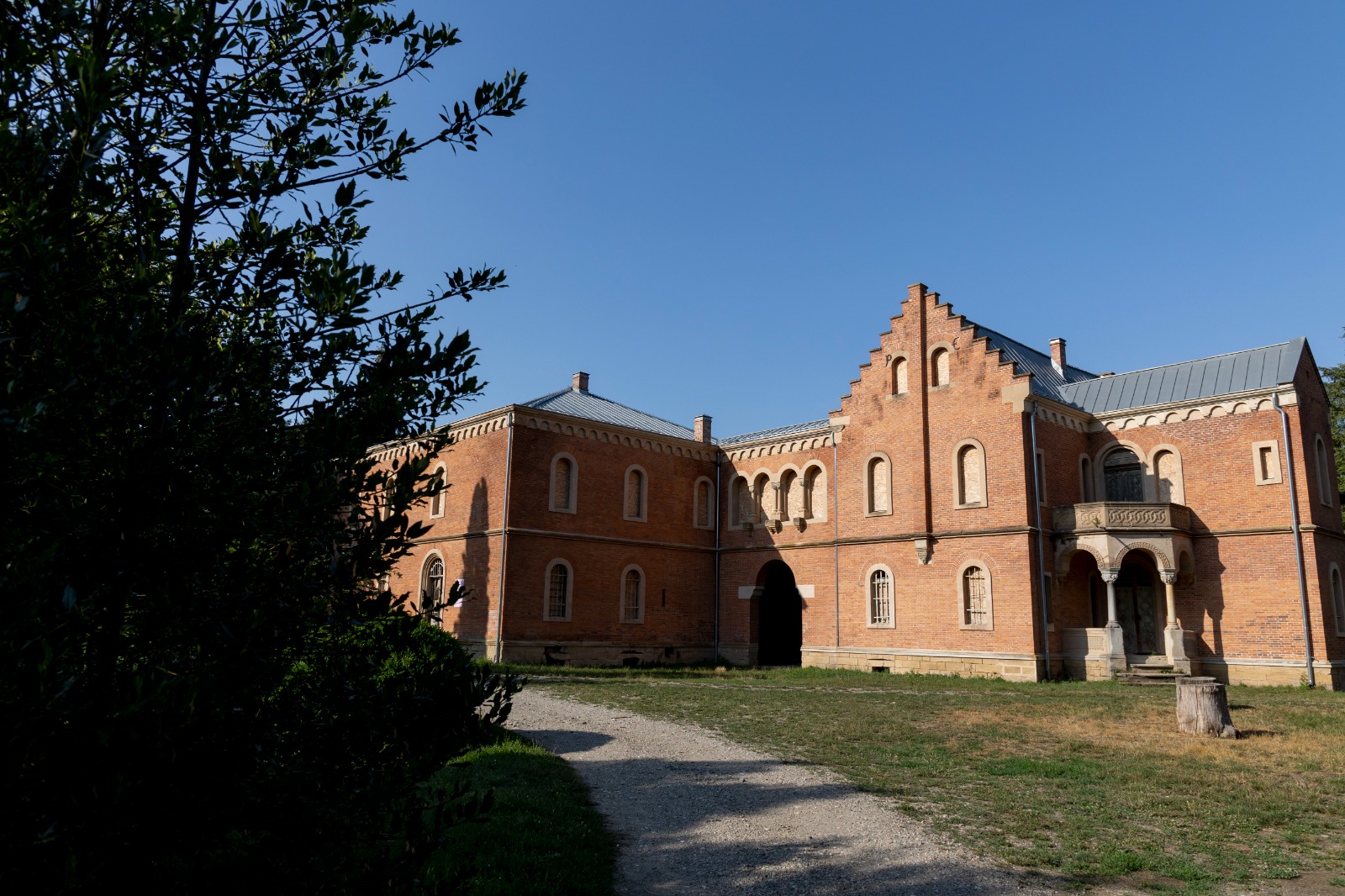Short presentation
Since its foundation, the “Marin Drăcea” National Institute for Research and Development in Forestry has had as its primary objective the research and development of knowledge in the forestry field, in order to develop, preserve and protect the national forest heritage.
At the same time, the Institute had the mission of assessing forest resources, identifying the adaptive and productive capacity of native and exotic species. Thus, experimental networks were created that included comparative cultures of origins, experimental cultures of exotic species of forestry interest and dendrological collections. Later, as a result of nationalization (1948), the institute took over the administration of several dendrological parks (arboretums), contributing to the development of these collections and elaborating studies on the acclimatization and productivity of numerous exotic species of forestry interest: black walnut, pond cypress, virginia juniper, large magnolia, tulip tree, etc.
At the end of the 20th century, leading personalities of Romanian forestry (Iuliu Moldovan) laid the foundations of the first dendrological collections (Mihăești-Argeș, Dofteana-Bacău), which later evolved into valuable and impressive dendrological parks intended, mainly, for studying the acclimatization conditions of some exotic species of trees and shrubs of forestry interest.
The purpose of the dendrological collections itself resides in the passage taken from the work of Professor Alexandru Borza (…), which is still very relevant: “The purpose of dendrological parks is particularly important for science and for the national economy, although the general public considers them primarily ornamental and recreational parks. The wonderful park of Simeria has been fulfilling its triple mission for many decades, evolving in recent times to the role of a first-rate forestry research station. (…) A visit to this scientific factory, which completes a long-lasting “magnum experimentum”, is instructive and comforting. The recently enlarged and perfectly cared for nurseries are an opportunity to perpetuate the roots of such a park, which has so far refreshed and enriched our botanical gardens and public parks with precious species and will contribute to the foundation of new, valuable forests from now on.”


Arboretums
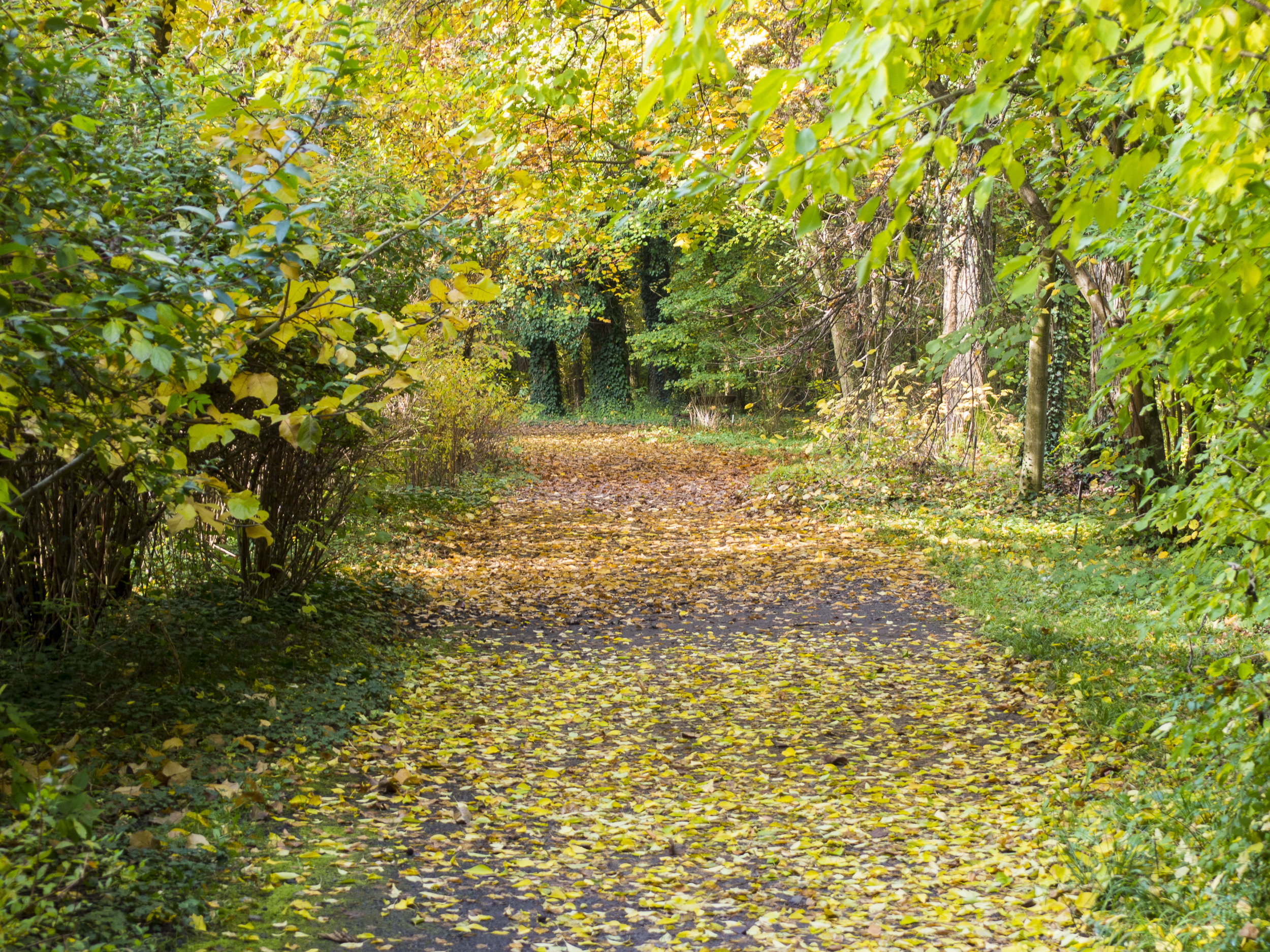
Bazoș Arboretum
In the eastern part of the municipality of Timișoara, within the range of Bucovăț commune, Bazoșu Nou locality, Timiș county
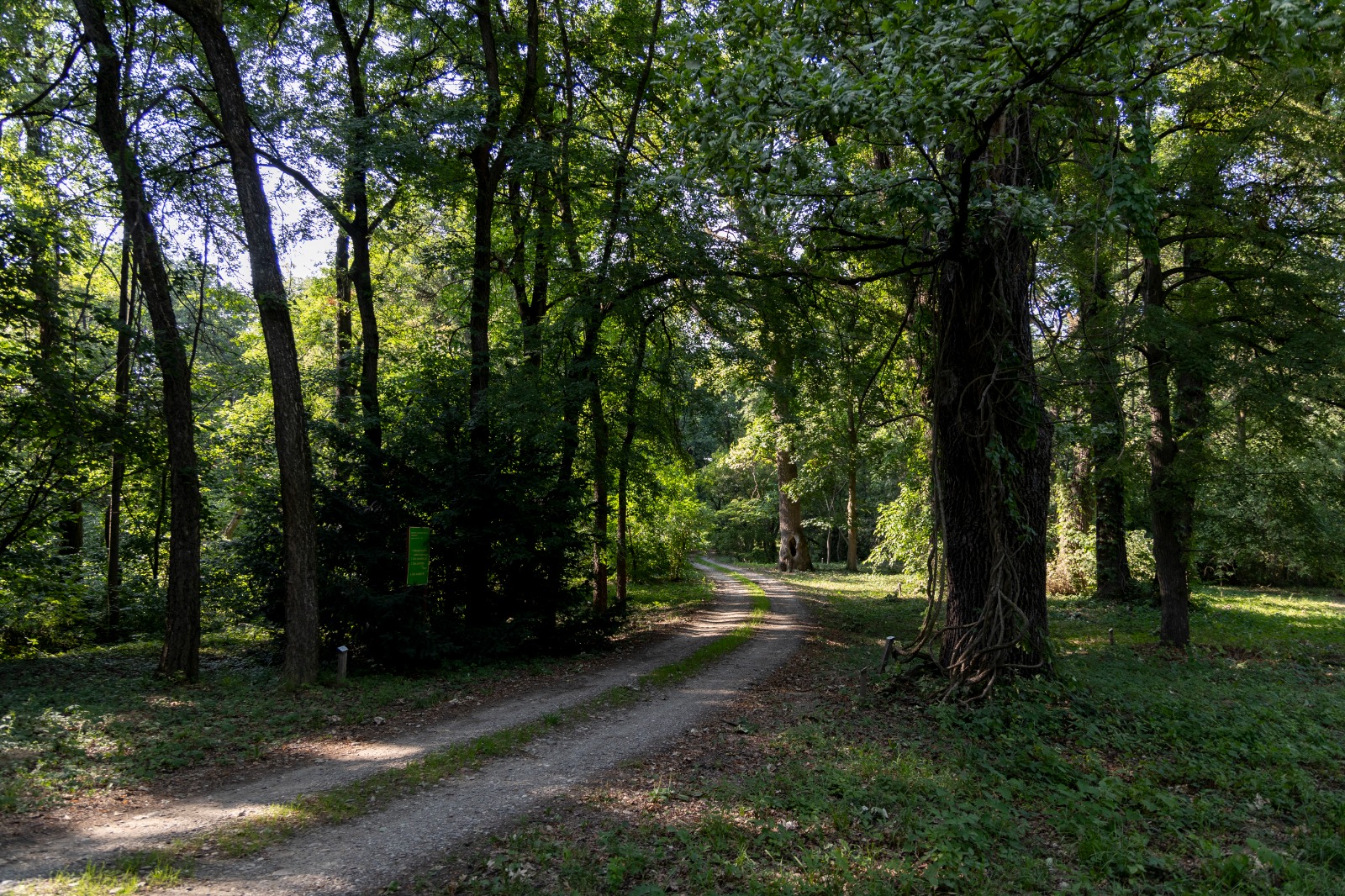
Hemeiuș Arboretum
In the northern part of the city of Bacău, 11 km from the city center, in Hemeiuș township, Bacău county.
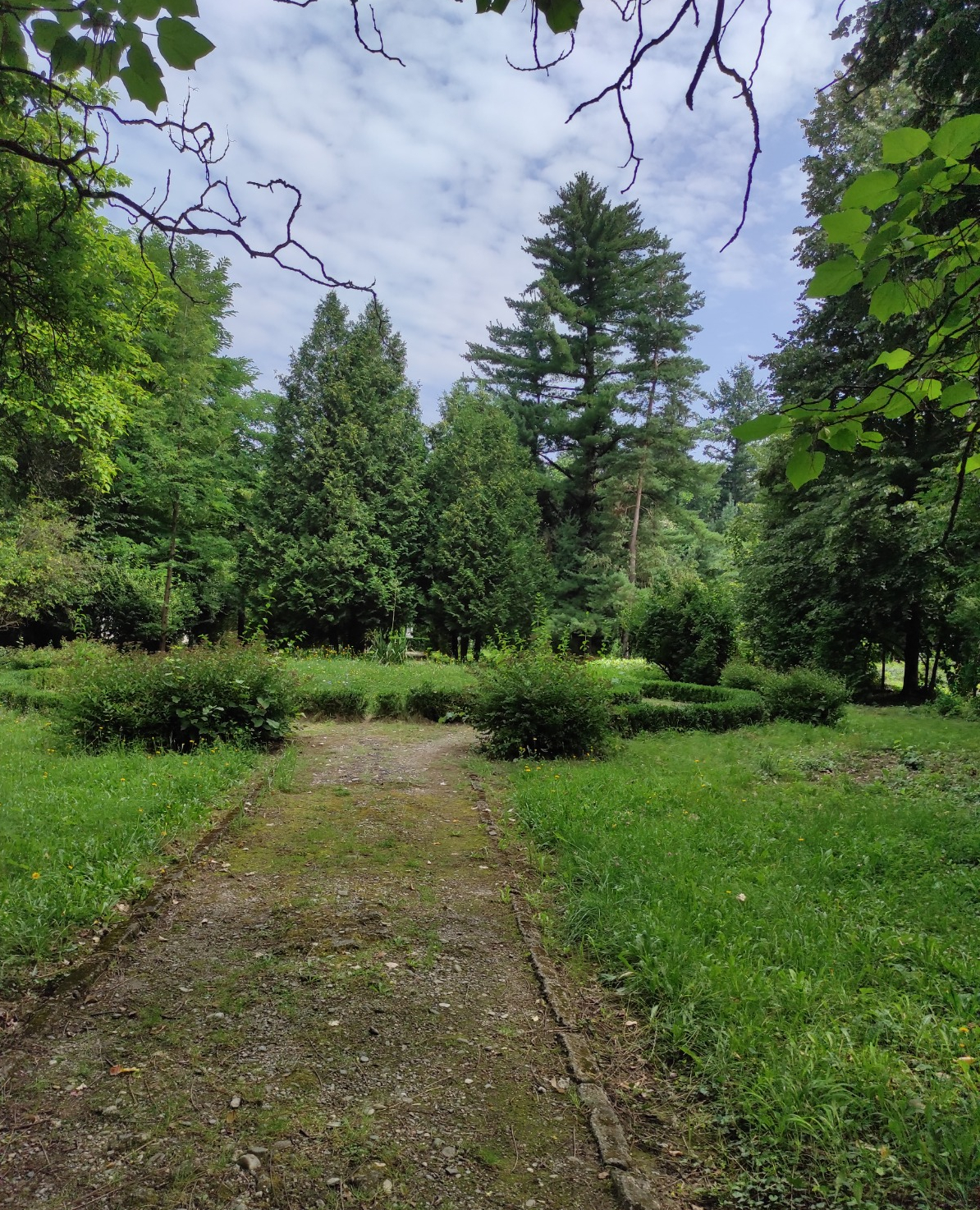
Mihaesti Arboretum
Located 20 km South from the city of Câmpulung and 30 km North-East from the city of Pitesti, Argeș county.
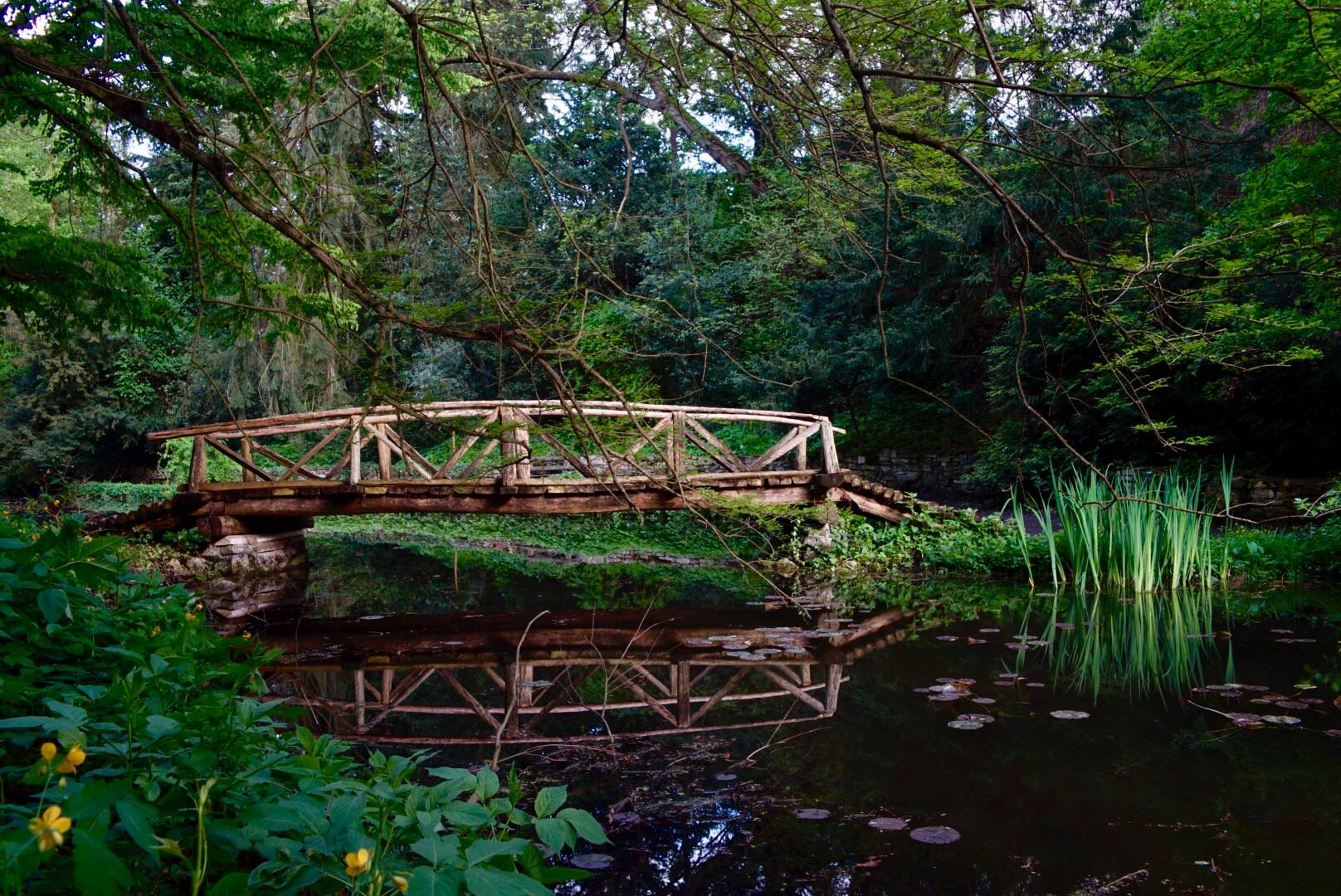
Simeria Arboretum
Complexul cunoscut sub numele de "Castelul Béla Fáy" din orașul Simeria este înscris în Lista Monumentelor Istorice din România, sub codul LMI HD-II-a-B-03448. Acest complex are două elemente distincte: castelul Béla Fáy, identificat prin codul HD-II-a-B-03448.01, și Parcul dendrologic, codificat ca HD-II-a-B-03448.02. "Arboretumului Simeria" se află în patrimoniul Institutului Național de Cercetare - Dezvoltare în Silvicultură "Marin Drăcea", la capătul străzii 1 Decembrie, la intersecția cu strada Biscaria, numărul 1.


